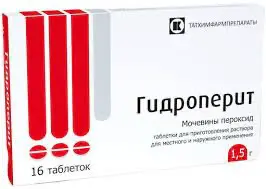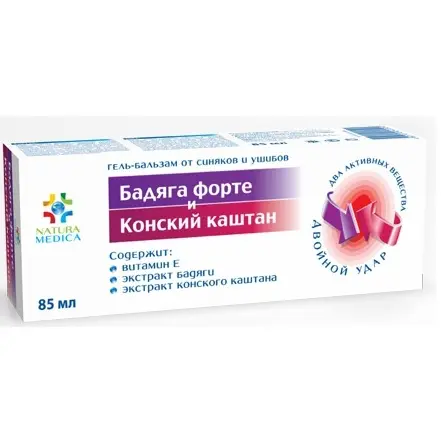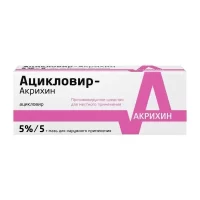Description
D-Panthenol Pharmacodynamics
Dexpanthenol is a derivative of pantothenic acid. Dexpanthenol is converted in the body into pantothenic acid, which is part of coenzyme A and is involved in acetylation processes, in the synthesis of acetylcholine, corticosteroids, porphyrins. It also participates in almost all metabolic processes (tri-carboxylic acid cycle, metabolism of carbohydrates, fats and fatty acids, phospholipids, proteins, etc.), stimulates skin and mucous membrane regeneration, normalizes cellular metabolism, accelerates mitosis and increases the collagen fiber strength.
It also increases the strength of collagen fibers. It has a regenerating, metabolic and mild anti-inflammatory effect.
Indications
In violation of the integrity of the skin: healing of burns (including sunburns), minor skin injuries (abrasions, cuts, cracks, etc.).
Prevention and treatment of dry skin, including as a consequence of dermatitis of different genesis (manifested by peeling, redness, irritation, a feeling of tightness), as well as daily care for the areas of skin most exposed to external factors (face and hands).
For breast care during lactation (mammary gland nipple cracking and reddening), for breast care of infants and children (diaper rash, “diaper” dermatitis).
Contraindications
The use of the drug is contraindicated in hypersensitivity to dexpanthe-nolu and / or any excipient in the preparation.
Administration during pregnancy and lactation
The drug may be used during pregnancy and lactation. When applying the drug to treat cracked nipples during breastfeeding, it is necessary to wash the ointment off before breastfeeding.
Dosage and administration
- Outwardly.
- The ointment is applied 2-4 times a day, a thin layer on the affected skin, lightly rubbing. If applied to an infected skin surface, it should first be treated with any antiseptic. Nursing mothers should apply the ointment to the nipple surface after each breastfeeding. Infants (including newborns) should apply the ointment after each change of underwear or water treatment.
- The duration of application of the drug and the possibility of repeating the treatment depends on the individual characteristics of the disease in the patient, and is determined by the therapeutic effect achieved and tolerability of the drug.
- If there is no positive effect from the current therapy, deterioration or appearance of new symptoms, consult a doctor. Use the drug only according to the indications and the method of administration indicated in the instructions.




